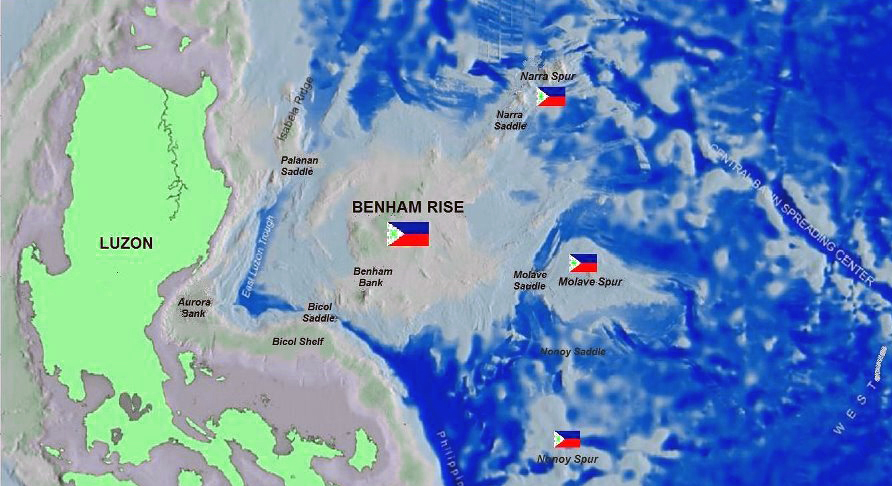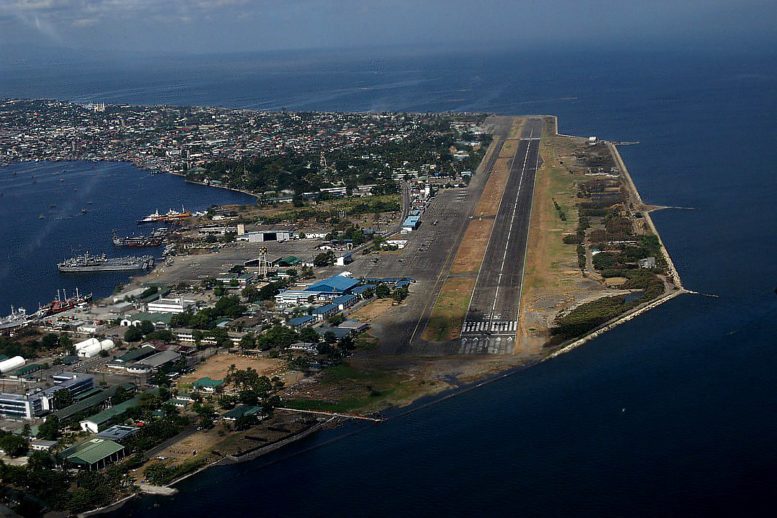Five years ago, the United Nations Commission on the Limits of the Continental Shelf adopted in its entirety the Philippine submission to extend the country’s seabed boundary in the Philippine Sea with the discovery of the Benham Rise Region. The UN concurrence added 135,506 square kilometers, about 45% of the nation’s land area, to Philippine seabed area and the waters above it.
The Benham Rise Region is the Philippines’ newest sea frontier. This additional maritime zone contains abundant mineral deposits and fishery resources, and hosts considerable international maritime traffic to and from North Asia. This region, as well as the northern half of the eastern coastline of Luzon, needs immediate protection not only to ensure stable and sustainable marine environment for food and energy supply but also to maintain its unhampered use for legitimate trade and commerce.
Given the vast potential of the Benham Rise Region and the plan to create an 800-hectare integrated sea-land project in Aurora Province by Green Square Properties Corp., increasing the presence of maritime forces in the area will enhance business confidence and expand commercial activities.
This naval presence would in turn entail the deployment of offshore patrol vessels and the establishment of new naval bases, or upgrading of existing ones, along the eastern corridor of Luzon.
An ideal naval base must have adequate facilities for ship berthing, maintenance, repair, storage, ordnance, medical, dental, administrative, housing, and communications like Naval Base Cavite.
The importance of naval bases cannot be overemphasized. The fundamental reason for putting up a naval base, or a network of bases, is sea control. The classical maritime and naval strategists, like Mahan, Corbett, Wegener and Castex, recognized the need to establish naval bases to increase the operational reach and maintain war-fighting capability of naval ships. Countries with blue water navies endeavor to put up bases in other countries.
For example, China recently established an overseas naval base in Djibouti in Africa and had deals with Thailand, Pakistan, India and probably a Persian Gulf country for the same purpose. It also constructed island-bases in South China Sea.
Establishing or upgrading naval bases requires both qualitative and quantitative approaches to arrive at a decision. There should be an alignment to the National Security, Defense and Military Strategies, and to some extent an appreciation of history. For instance, the 1972 Dingalan incident led to the activation of Naval Station Bicobian in Isabela.
The more challenging part is cost-benefit analysis involving the use of quantitative tools such MCDA and SFA because at the end of the day, the cost associated to build, maintain and operate those naval bases will come from government coffers. The increasing water level, uptrend incidence of earthquakes, undiminished frequency of cyclones, and adherence to environmental conservation must also be considered when establishing or upgrading the naval bases.

Benham Rise: The Philippine’s newest frontier. Photo credit: Philippine Territory Blogspot.com
